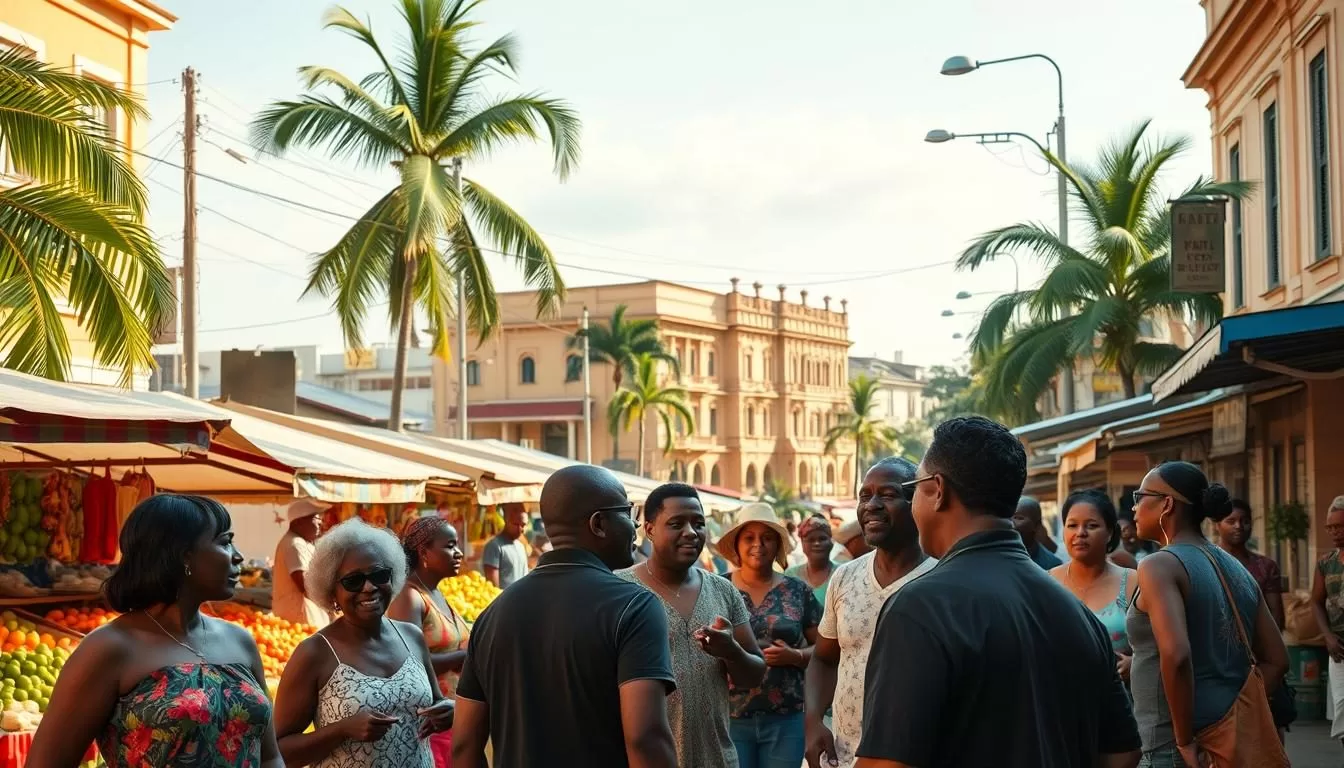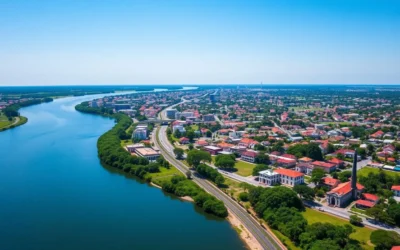Have you ever wondered how a small country in South America became a melting pot of cultures and languages? Suriname, with its rich history and diverse population, offers a fascinating glimpse into this unique blend. The official language here is Surinamese Dutch, a reflection of its colonial past. Yet, the linguistic landscape is far more complex.
Surinamese Dutch is spoken by up to 60% of the population as a native language, making it the most widely used. However, other languages like Sranan Tongo, Javanese, and Sarnami Hindustani also play significant roles in daily life. This diversity stems from centuries of cultural exchange and migration.
Understanding the language dynamics in this country provides insight into its identity. From its colonial roots to its modern-day multiculturalism, Suriname’s linguistic richness is a testament to its vibrant heritage. Let’s dive deeper into what makes this place so unique.
Overview of Suriname’s Linguistic Heritage
The story of Suriname’s linguistic heritage is deeply rooted in its history and cultural exchanges. From early indigenous tribes to European settlers, the evolution of language here reflects a unique blend of influences. Dutch colonization in the 17th century laid the foundation for the country’s official language, but the diversity of tongues goes far beyond that.
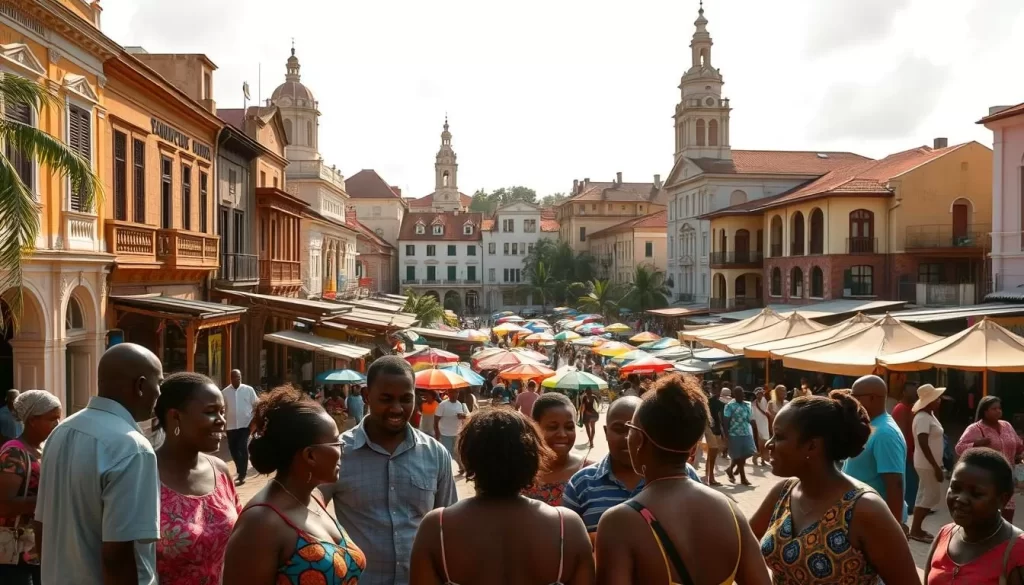
During the colonial era, the arrival of enslaved Africans and later immigrant workers from India, Indonesia, and China added new layers to the linguistic landscape. Languages like Sranan Tongo, Javanese, and Hindi became integral parts of daily life, shaping the way communities communicated.
Historical Influences and Colonial Legacy
Dutch colonialism left a lasting mark on the country’s language. While Dutch became the official tongue, it coexisted with Creole languages like Sranan Tongo, which emerged as a lingua franca among diverse ethnic groups. This blend of European and African influences created a unique linguistic identity.
In the 20th century, the influx of immigrant communities further enriched this heritage. Languages like Javanese and Hindi were introduced, reflecting the cultural ties of these groups to their homelands.
Ethnic Diversity’s Impact on Language
The country’s population is a mosaic of cultures, each contributing to its linguistic richness. Indigenous languages like Arawak and Carib are still spoken, preserving a link to pre-colonial history. Meanwhile, the Maroons, descendants of escaped enslaved Africans, continue to use languages like Ndyuka and Saramaccan.
This diversity is not just a reflection of the past but also a living part of the present. Efforts to document and preserve these languages highlight their cultural significance.
Suriname: Official and widely spoken languages
The linguistic landscape of this South American nation is shaped by its colonial past and multicultural present. Dutch, the official language, is deeply embedded in daily life, education, and administration. It serves as a unifying force in a country with diverse ethnic groups and tongues.
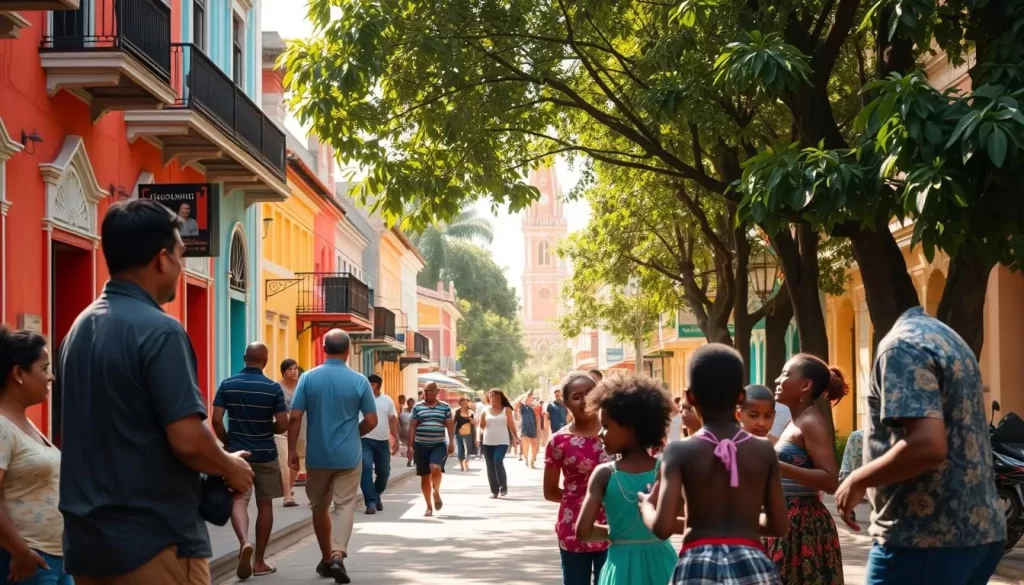
Role of Dutch in Daily Life
Dutch is more than just a formal language here. It’s a bridge connecting people from different backgrounds. In schools, it’s the primary medium of instruction, ensuring students are fluent in the official tongue. Media outlets also rely on Dutch to reach a broad audience, while businesses use it for official communications.
Even in informal settings, Dutch often mixes with other languages, creating a unique linguistic blend. This reflects the nation’s ability to balance tradition with modernity.
Government and Legal Framework for Language Use
The government plays a crucial role in maintaining the status of Dutch. Laws ensure it’s used in official documents, courts, and public services. This legal framework helps preserve linguistic standards and promotes national unity.
Educational policies further reinforce its importance. By integrating Dutch into the curriculum, the government ensures future generations remain connected to this shared language.
These measures highlight the interplay between language and the state, showcasing how policies sustain cultural identity in a diverse society.
Vernacular Languages: Sranan Tongo and Saramaccan
Exploring the roots of Sranan Tongo and Saramaccan reveals a fascinating linguistic journey. These languages are more than just tools for communication—they are symbols of identity and resilience.
Evolution of Sranan Tongo as a Creole Language
Sranan Tongo emerged as a creole language, blending English, Dutch, Portuguese, and African influences. It developed during the colonial era as a way for diverse groups to communicate on plantations.
Today, it’s one of the most widely spoken tongues in the region. Its vocabulary reflects a mix of cultures, making it a living testament to the country’s history.
Community Efforts in Preserving Saramaccan
Saramaccan, spoken by Maroon communities, is another vital part of the linguistic landscape. With about 58,000 speakers in the region, it’s a language deeply tied to cultural identity.
Local communities have taken active steps to preserve it. From oral traditions to educational programs, these efforts ensure the language remains alive for future generations.
“Preserving our language is preserving our heritage,” says a local elder. This sentiment drives the ongoing work to keep Saramaccan thriving.
Celebrating Regional Languages: Javanese Surinamese and Sarnami Hindustani
Regional languages like Javanese Surinamese and Sarnami Hindustani highlight the cultural ties of immigrant descendants. These tongues are more than just communication tools—they are symbols of identity and belonging.
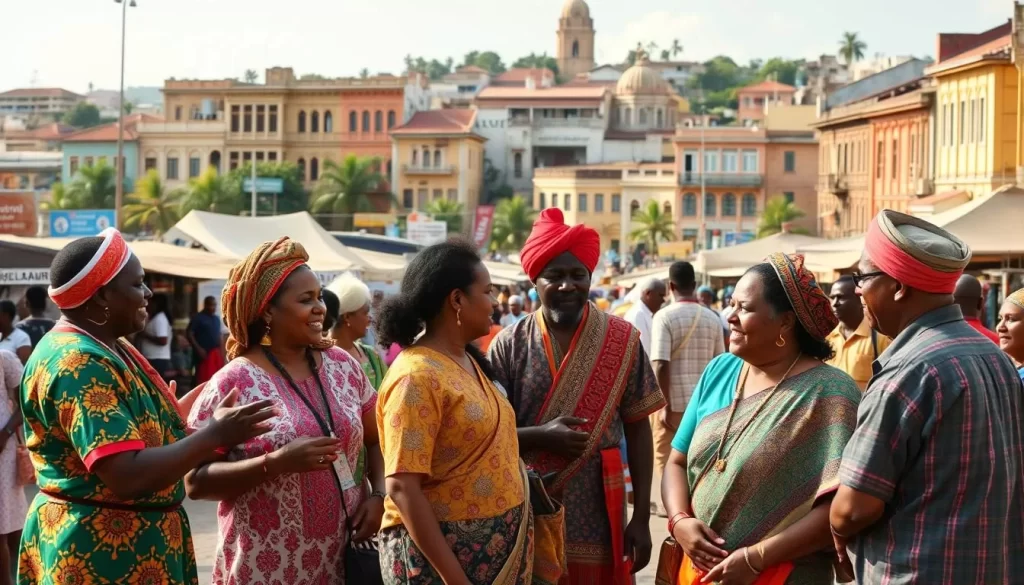
Cultural Connections of Javanese Surinamese
Javanese Surinamese is a living link to the heritage of Javanese immigrants who arrived in the early 20th century. This language reflects the traditions, values, and stories passed down through generations.
For many descendants, speaking Javanese Surinamese is a way to stay connected to their roots. It’s often used in family gatherings, religious ceremonies, and community events, making it a vital part of daily life.
Significance of Sarnami Hindustani in Local Communities
Sarnami Hindustani plays a similar role for the Hindustani community. Introduced by indentured laborers from India, it has become a cornerstone of cultural identity.
This language is deeply embedded in local traditions, from festivals to storytelling. It serves as a home for shared memories and experiences, strengthening the bonds within the community.
Efforts to preserve these languages include educational programs and cultural initiatives. By keeping them alive, communities ensure their heritage continues to thrive for future generations.
Language in Education and Government Policy
Education plays a pivotal role in shaping the linguistic identity of a nation. In this South American country, the school system is designed to integrate language learning while preserving cultural diversity. Dutch, as the primary medium of instruction, ensures students are fluent in the official tongue.
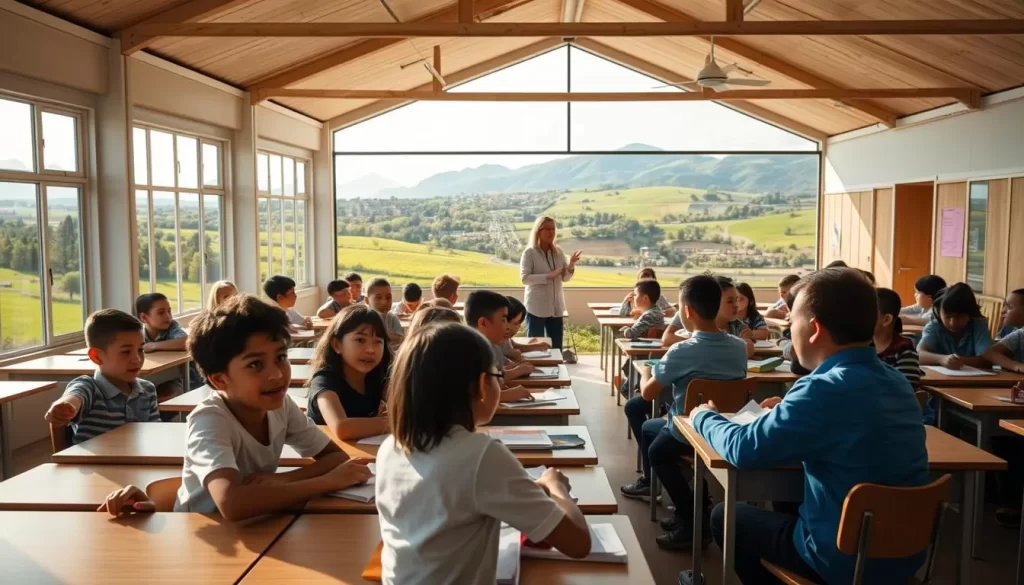
The government has implemented policies to support multilingualism. These include resource allocation for language programs and initiatives to adapt the school system to the needs of a diverse population. Such efforts highlight the importance of education in sustaining linguistic life across communities.
Integration of Language in the School System
The education system here is modeled after the Dutch framework. After World War II, efforts were made to adapt it to the local context, expanding school types and levels. This evolution reflects the country’s commitment to balancing tradition with modernity.
However, challenges remain. High dropout rates and resource strains are ongoing issues. Despite these hurdles, the government continues to prioritize education as a tool for unity and cultural preservation.
National Language Laws and Regulations
Language laws play a crucial role in regulating communication across various settings. Compulsory school attendance ensures children receive education in the official tongue. These regulations help maintain linguistic standards and promote national unity.
For more insights into how multilingualism shapes education, visit this detailed study. It highlights the dynamic interplay between language, education, and cultural identity.
Influences of History and Migration on Suriname’s Language Trends
From plantations to the interior, the story of language here is one of adaptation and resilience. Colonial settlements and labor movements have left a lasting mark on how people communicate. Even in the most remote areas, the echoes of history shape the linguistic landscape.
During the colonial era, plantations became hubs of cultural exchange. Enslaved Africans and indentured workers from Asia brought their languages, blending them with European influences. This mix created unique dialects that are still spoken today.
The Impact of Colonial Settlement
Colonial powers introduced Dutch as the dominant language, but the interior regions retained their indigenous tongues. Over time, migrations from the world over added new layers to the linguistic tapestry. For example, Javanese and Hindi became integral parts of daily life in certain areas.
Global events also played a role. The influx of Chinese and Brazilian migrants in the 21st century further diversified the language spoken country scenario. These groups brought their own dialects, enriching the cultural fabric.
| Migration Period | Key Groups | Languages Introduced |
|---|---|---|
| 17th-19th Century | Africans, Europeans | Sranan Tongo, Dutch |
| Early 20th Century | Javanese, Indians | Javanese, Hindi |
| 21st Century | Chinese, Brazilians | Mandarin, Portuguese |
The region’s linguistic diversity is a testament to its complex history. From colonial settlements to modern migrations, each wave of newcomers has left its mark. To learn more about how these influences shaped the language spoken country, visit this detailed study.
The Role of Language in Suriname’s Everyday Life
Language shapes the way we connect, create, and express ourselves, and in this South American nation, it’s a vibrant part of daily life. From films to music, the spoken suriname forms a bridge between diverse communities, fostering a sense of belonging.
In media, Dutch serves as the primary language for news and official broadcasts. However, Sranan Tongo and other dialects often appear in creative works, reflecting the majority’s everyday speech. This blend of languages enriches storytelling, making it relatable to a wider audience.
Media, Arts, and Cultural Expression
Films and music are powerful platforms for showcasing linguistic diversity. Local artists frequently mix Dutch with English english-based phrases, creating a unique sound that resonates globally. This fusion not only preserves cultural roots but also attracts international attention.
Literature also plays a significant role. Writers often use multiple languages to capture the essence of their characters and settings. This approach highlights the historical evolution of language over the century, connecting past and present narratives.
| Art Form | Languages Used | Cultural Impact |
|---|---|---|
| Films | Dutch, Sranan Tongo | Bridges urban and rural communities |
| Music | Dutch, English, Creole | Blends traditional and modern influences |
| Literature | Dutch, Indigenous Languages | Preserves historical and cultural identity |
Efforts to promote linguistic diversity include language festivals and cultural events. These initiatives celebrate the spoken suriname and encourage younger generations to embrace their heritage. For more insights into how language shapes cultural identity, explore this detailed guide.
Language is more than just a tool for communication—it’s a part of who we are. Whether through music, films, or literature, it continues to shape the cultural landscape of this vibrant nation.
Conclusion
This nation’s linguistic identity is a vibrant reflection of its rich history and cultural diversity. From colonial influences to modern-day policies, each person contributes to this dynamic tapestry. The blend of Dutch, Creole, and regional dialects showcases how language unites communities while preserving heritage.
Efforts to maintain this diversity highlight its importance in fostering national unity. Whether through education, media, or daily interactions, language remains a powerful tool for connection. It bridges generations and cultures, ensuring traditions thrive in a rapidly evolving world.
Explore how these linguistic roots shape the personal and collective identity of its people. For deeper insights, visit this detailed analysis. Language is more than words—it’s the heartbeat of a nation’s culture.
The above is subject to change.
Check back often to TRAVEL.COM for the latest travel tips and deals.
Here are some Tours & Sightseeing suggestions that might pique your interests!
